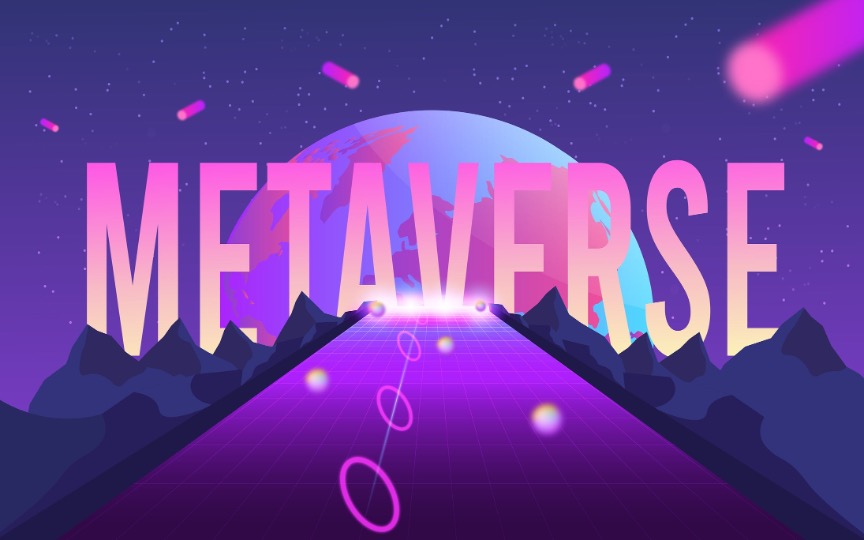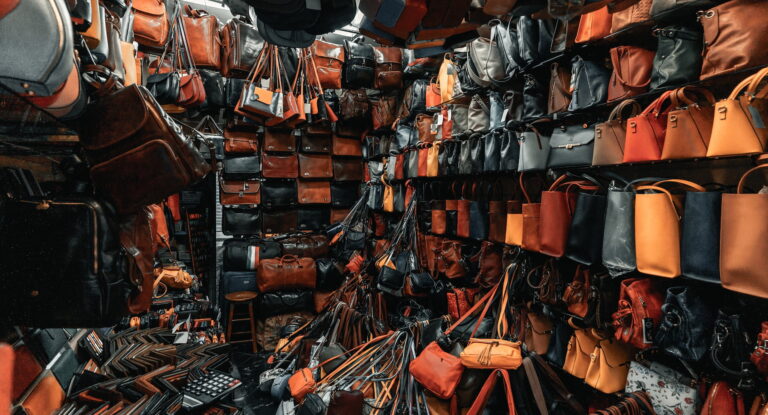The emergence of new technologies, such as the metaverse and NFTs, is untapping a plethora of new opportunities, and luxury brands look willing to utilize such new tools to connect with Chinese tech-savvy young consumers.
As the physical world intertwines with the virtual reality, “Metaverse” has never appeared in the public eye with such a high frequency. Broadly speaking, metaverse is a network of 3D virtual worlds where users can socialize, play, and work. According to JP Morgan, the metaverse represents a US$1 trillion market opportunity.
Blockchain technology may provide the backbone of the metaverse, with interoperable NFT assets that can be used across different metaverse spaces. An NFT, short for Non-Fungible Token, is a unit of data stored and secured on blockchain to represent digital assets such as music, art, collectibles, or in-game items, which can be sold and traded. Within just one year, NFT shot up to around 16% of the global art market. NFTs record a history of ownership on a blockchain, which a marketer could see and verify via a distributed network, thus it is recognized as an essential bridge between these environments, from real to virtual to social.
Luxury brands are still struggling to digitalize themselves
Lindsey McInerney Global Technology and Innovation Director Anheuser-Busch InBev once said, “The future of sports, media, and entertainment is virtual. Almost 2.5 billion people are already participating in the virtual economy. This is the direction of the world’s evolution. There is no doubt, and as in the real world, brands need to find a foothold in the virtual parallel world.” When the digital transformation began, luxury was slow to embrace the change. There are many reasons behind why unlike mass-market firms that rapidly adapted to e-commerce and social media, many luxury brands are still lagging behind. Arguably, the greatest challenge luxury fashion brands facing now is how best to replicate the luxury experience in the virtual format.
What opportunities does the metaverse and NFTs hold for luxury brands?
The convergence of the physical and digital worlds through metaverse platforms is quickly becoming a meaningful opportunity for luxury brands. To satisfy luxury consumers’ expectations, a luxury brand must ensure its online experience is superior – for example, by being personalized or bespoke with interactive chat or technical assistance.
In addition, luxury consumers are accustomed to obtaining the physical ownership of the commodity through purchase. The emergence of NFTs has broken the long-standing single ownership format of luxury goods while securing the scarcity of virtual items. NFTs certify the ownership of an asset to its holder and write it on an open-source blockchain registry. Thus, NFTs represent a new system to track ownership, while preserving the notion of exclusivity that the luxury industry has historically capitalized on. Luxury brands have entered the NFT market as part of their digitalization strategy, and the launch of NFT works has broadened their virtual presence and stimulated digital creativity.
Brands have gradually entered the Metaverse by presenting their virtual spokespersons and NFT products. Prada announced having teamed up with Adidas Originals to launch a “first-of-its-kind” NFT project. Balmain has collaborated with Barbie to offer three unique Barbie avatars, whose NFT bids hovered around US$2,000. But whereas most of brands mainly dropped digital characters or virtual fashion pieces, Louis Vuitton entered the metaverse in a more engaging way – Louis Vuitton made its own video game.
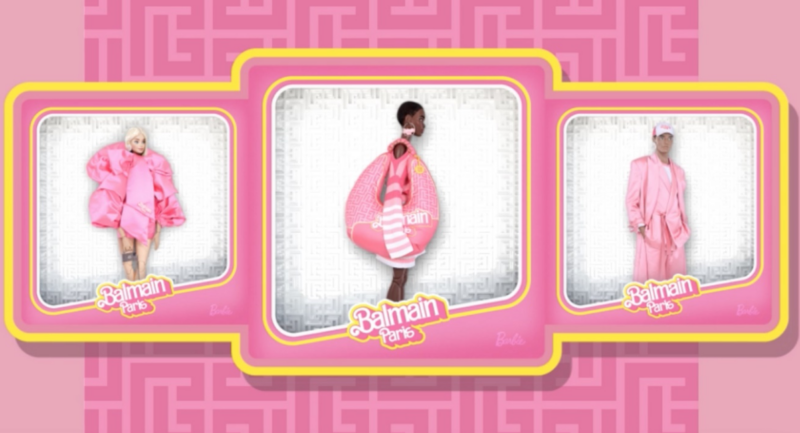
Louis Vuitton launched its NFT game “Louis the Game”
Louis Vuitton released an adventure-based game to celebrate its 200th birthday. Dubbed Louis the Game, users play as the in-game protagonist Vivienne, through six different worlds, where she needs to collect 200 candles to commemorate the birthday of Louis Vuitton. But the game isn’t like most fashion games – it is major, complex, and it is addictive. Crucially, unlike existing video games, the metaverse enables users to move their virtual possessions between different metaverse platforms—with ownership of these items represented by NFTs.
1. Immersive game experience
Once you enter Louis the Game, you embark on an adventure that is reminiscent of The Legend of Zelda: Breath of the Wild, and players can run around, jump, and collect items along the way. It is a unique playground for users to explore the LV universe.
2. Brand message
Through the game storyline, players get to learn about brand history, trivia about the company’s innovations, and highlights from runway shows and collaborations by collecting in-game postcards and other memorabilia. The videogame it’s a tool for communicating a message about Louis Vuitton’s heritage, craftsmanship, and creativity to audiences that might not be too familiar with the company or might otherwise not be listening.
3. Digital presence spiced with Louis Vuitton elements
Louis the Game brings a new experience to the classic game by introducing a lot of brand elements and players can customize their character with different Louis Vuitton monogram prints and colorways.
4. Exclusive NFT-items
Of course, a game isn’t fun without rewards: there are 30 embedded NFTs you can find throughout the game, including 10 by Beeple, the artist whose digital collage has been sold as an NFT at a Christie’s auction this year for US$69.3 million. Most notably, each NFT is a collectible that can only be found through playing the game and cannot be sold.
5. Accessibility
The gaming industry is dramatically growing. The COVID-related stay-at-home orders also fostered the growth of the industry. In 2020, the revenues of the gaming industry grew by 23% year on year: the market’s highest growth rate in over a decade. There are 3 million global gamers recorded by the end of 2021, in which more than a half of the gamers are from Asia-Pacific (APAC). Louis the game is a way for LV to target the young gaming audience, involving them in a virtual adventure without forcing them to purchase anything. It is a perfect occasion to deliver the brand message and introduce the LV universe to new consumers.
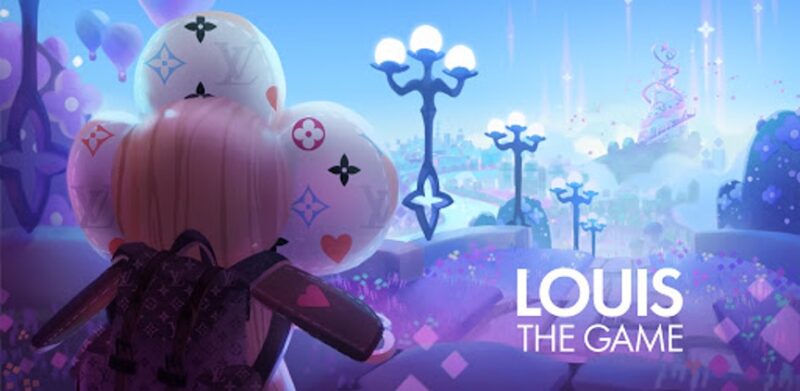
How did luxury brands apply metaverse and NFTs in the Chinese market?
China is one of the largest luxury goods markets in the world, and it is predicted to become the largest in the world by 2025, according to Bain & Co. During the covid pandemic, China’s consumers spent US$73.6 billion on luxury goods at home in 2021, up 36% from 2020. It is a golden goose that no luxury brand will want to miss.
Following the popularity of mobile devices and the Internet, the Asian Gen Z and Millennials are comfortable with the virtual world and regularly consume through digital channels in multiple ways – content and information consumption, entertainment and gaming consumption, online shopping, virtual interaction, etc. By 2025, Gen Z and Millennials will account for more than a half of the APAC population. Even more important for luxury brands is that Millennials and Gen Z together are expected to represent more than 40% of the overall luxury market by 2025.
Metaverse and NFTs were the “special guests” of Singles’ Day 2021
So, what have luxury brands been doing to stand out in the Chinese market? As the largest online shopping event in China, Singles Day 2021 provided a good platform for brands to present themselves with innovative technology. From augmented reality to the metaverse and NFTs, here are the ways that luxury brands incorporated NFTs and metaverse into their Singles Day 2021 campaign.
It should be noted that the NFT market in China is still at its infancy but has great growth potential as more and more Chinese players are showing interest in NFTs. Collaborations can be a way to mitigate the risk of jumping into the still relatively mysterious NFT train during these early days.
For its part, Tmall created the first-ever “Double 11 Metaverse Art Exhibition” which introduced a brand-new shopping experience on its Tmall/Taobao mobile app. Welcomed by virtual idol Ayayi, the exhibition featured several luxury brands including Burberry, Coach, Longines, and offered eight limited NFT collections only available during Double 11. Burberry created an interactive animation of its deer mascot just for the sales event. The deer was wearing a limited-edition scarf on sale both in its physical and virtual version via an Alipay mini program. All the 1,000 units of the deer NFT donning the limited-edition scarf were sold out at RMB2,900 (US$454) each within the first day of pre-sale.
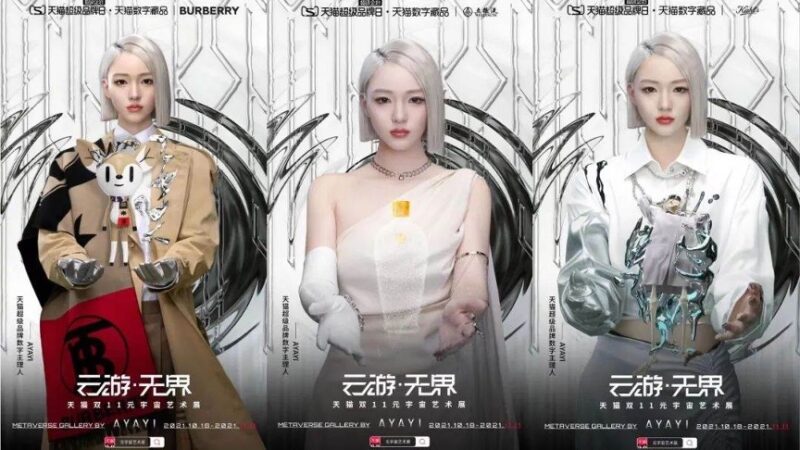
Luxury brands exploring the metaverse and NFTs
- Metaverse and NFTs provide opportunity for luxury brands to deliver superior digital experience.
- Metaverse and NFTs help luxury brands to deliver message to audiences that are not familiar with the brands, especially the young generations, who are recognized as the largest consumers of luxury goods.
- Even though the longevity of NFTs and digital currency is yet to be fully determined in China, the rise of the metaverse is inevitable.
- Collaborations with other brands as well as bundles of NFT and physical products is a safer way to enter the NFT universe in China.


